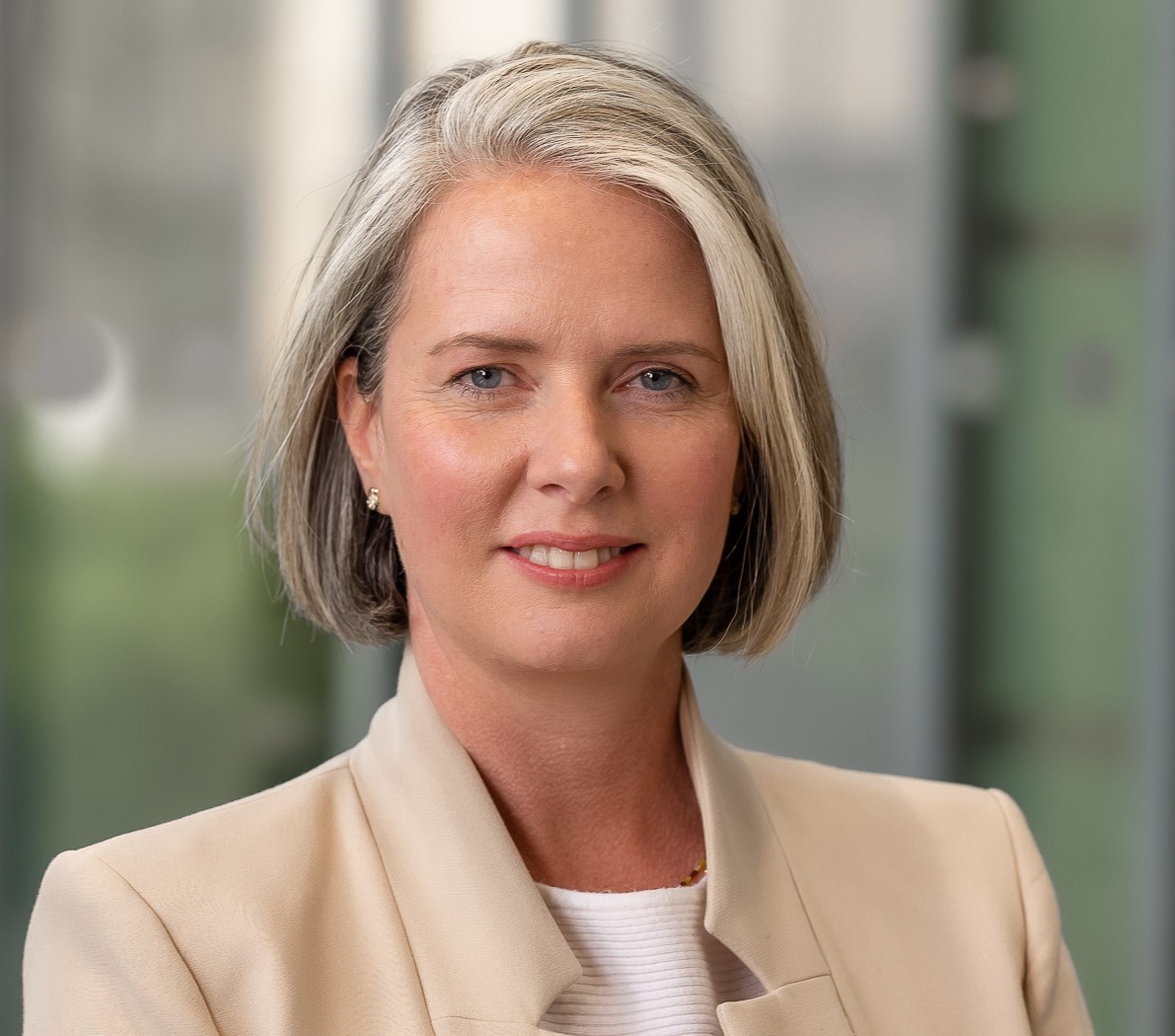The relentless downward pressure on fees would be at – or near – the top of the worry list for any asset management CEO.
Not only are investors increasingly opting for lower-cost passive products, but active funds’ management fees are also decreasing.
Morningstar has noted significant growing investor interest in exchange-traded funds (ETFs) and index-tracking funds in recent years. While this has slashed the overall cost of investing for US investors, it has also pushed down asset managers’ fee income (1). Cheaper funds have tended to attract inflows over the past five years. On the other hand, more expensive products saw collective outflows of more than $200bn a year in each of the last six years.
The proportion of actively managed funds charging more than 70 basis points fell from 60% to 43% between 2012 and 2017, according to PwC. During these five years, the average fund fee dropped by five basis points (2).
On top of all this, sharp drops in assets caused by market shocks, such as that seen at the start of the Covid-19 pandemic, have also hit income that is linked to assets under management (AUM) levels.
Solving the squeeze – a holistic approach
These trends in fees are not going to pass. Cutting costs to help alleviate the pressure will only go so far: costs as a share of AUM have fallen by 2.6 basis points over the past five years. At the same time, revenues as a share of AUM have dropped by 4.6 basis points (3).
So where should asset managers be looking?
While there is unlikely to be one solution for the myriad problems asset managers face, having a scalable, adaptable technology platform as the foundation on which to build your business is a crucial factor for success. According to Boston Consulting Group, asset managers should ensure their operating model is fit for purpose, to help with this squeeze on margins (4).
It is one factor that can help increase efficiencies at all levels. This could include automation of repetitive processes or introducing new technologies such as artificial intelligence (AI) for processing customer communications, to enable improved focus for managers on their core specialities.
Greater technological efficiencies enable your business to be nimbler in its response to changes, whether in products or regulation. Cloud-based systems with API functionality that can scale as a business grows will position asset managers for success in the future by facilitating a flexible approach to the changing nature of the industry, its regulation and clients.
Technology can help speed up the transferring and processing of data through the investment cycle. Streamlined, efficient and automated processes mean quicker response times to client requests, from the smallest investor to the largest institution.
For more information about Bravura and the fund administration services we offer, please get in touch.
Sources
(1) Morningstar 2020 US Fee Study, August 2021: https://www.morningstar.com/lp/annual-us-fund-fee-study
(2) Asset & Wealth Management Revolution: Pressure on profitability, PwC report, October 2018: https://www.pwc.com/jg/en/publications/asset-wealth-management-revolution-pressure-on-profitability.html
Recommended reading:
Digital or bust? The demanding future of asset management
Turning technological threats into opportunities
More Insights



